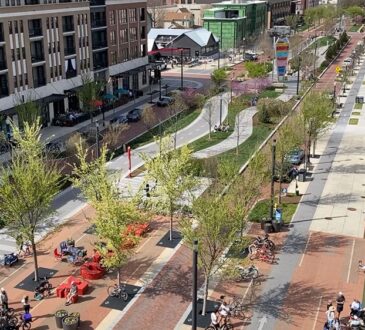
PVC flooring, short for Polyvinyl Chloride, has rapidly gained popularity for several compelling reasons. First and foremost, its versatility makes it a chameleon in the world of interior design. With advanced printing technology, PVC flooring can replicate the appearance of various natural materials, such as wood, stone, or even intricate tile patterns, while offering greater durability and resilience. This means that homeowners and designers can now achieve the aesthetics they desire without compromising on performance.
One of the most intriguing aspects of PVC flooring is its waterproof nature. Unlike traditional hardwood flooring or carpets, PVC is impervious to water damage, making it ideal for high-moisture areas like kitchens, bathrooms, and basements. This exceptional trait not only extends the lifespan of PVC flooring but also ensures easy maintenance, as spills and stains can be effortlessly wiped away.
Beyond its practical attributes, PVC flooring also boasts eco-friendly benefits. As consumer awareness regarding sustainability grows, PVC manufacturers have responded by producing eco-conscious options, including recyclable and phthalate-free alternatives. Homeowners seeking greener choices can now embrace PVC flooring without compromising their commitment to the environment.
PVC Flooring: Unleashing Your Creativity for Unconventional Spaces
Traditional flooring materials often come with limitations that restrict design choices, but PVC flooring breaks free from these constraints. Its manufacturing process allows for a vast array of design options, from bold geometric patterns to intricate mosaic-like layouts. For the imaginative homeowner or designer, PVC flooring opens up a realm of possibilities to create stunning visual masterpieces that leave a lasting impression.
Innovative textures are another unique feature of PVC flooring, providing both a tactile and visual dimension to your interior spaces. Whether you desire the rustic charm of distressed wood, the sleekness of polished concrete, or the luxurious feel of natural stone, PVC can deliver all these experiences and more. Combining various textures within a single space allows you to curate an ambiance that is as dynamic as it is engaging.
One of the most compelling attributes of PVC flooring is its ability to seamlessly transition between indoor and outdoor spaces, dissolving the boundaries between the two. By using PVC flooring to connect your living room to the patio or extending your kitchen into the garden, you can create a harmonious flow that enhances the overall sense of space and openness.
PVC Flooring: The Silent Champion of Serenity and Comfort
At the core of PVC flooring’s serenity-inducing qualities lies its ability to absorb sound effectively. Unlike hard surfaces like tiles or laminates that tend to reflect noise, PVC flooring dampens echoes and reduces impact sound, creating a hushed ambiance that promotes relaxation and concentration. This characteristic makes it an ideal flooring option for bedrooms, home offices, nurseries, and any area where peace is paramount.
Comfort is another hallmark of PVC flooring, and this attribute extends beyond its soft underfoot feel. The resilience of PVC provides a slight cushioning effect, easing the pressure on joints and muscles as you walk or stand for extended periods. The added comfort factor makes PVC a preferred choice for living rooms, play areas, and places where you want to unwind and indulge in leisurely activities.
For those who appreciate the beauty of natural materials but seek a warmer and cozier touch underfoot, PVC flooring offers the perfect solution. With advanced printing techniques, PVC can replicate the appearance of wood, providing the visual allure of natural timber without the chill or rigidity often associated with hardwood flooring.




